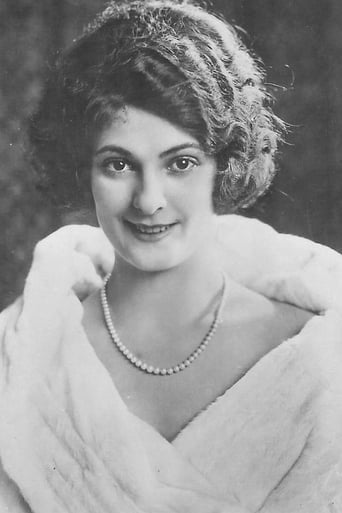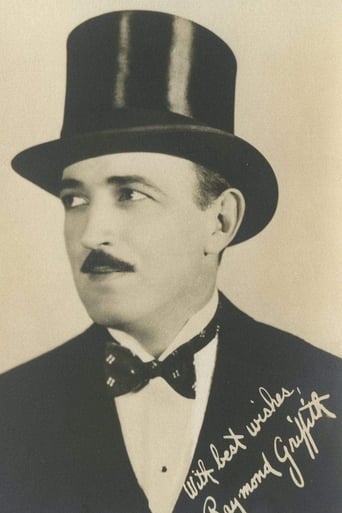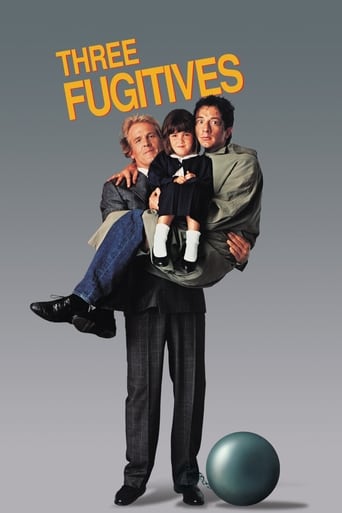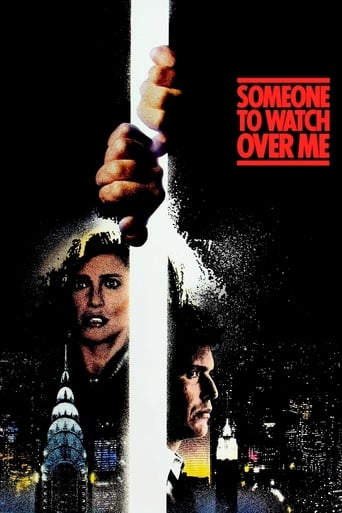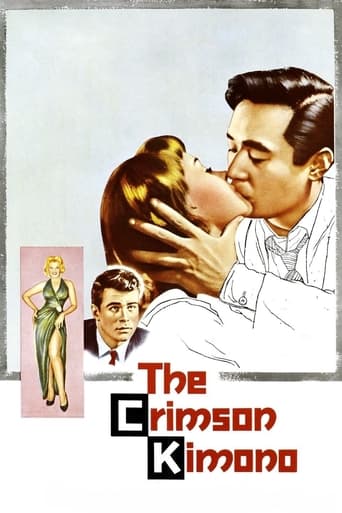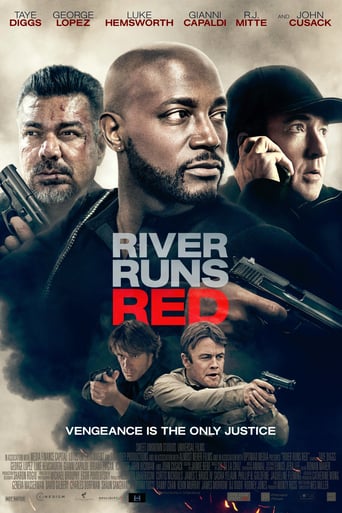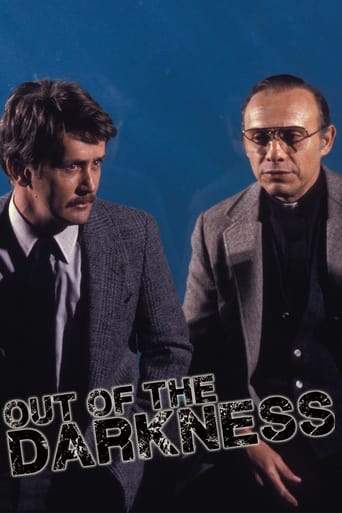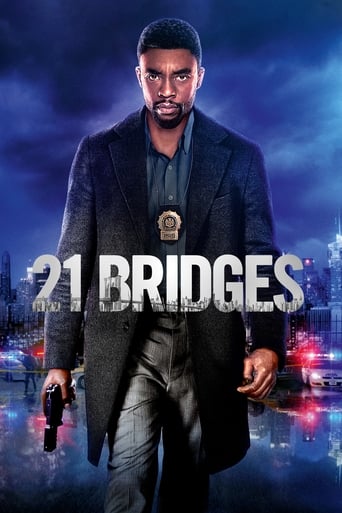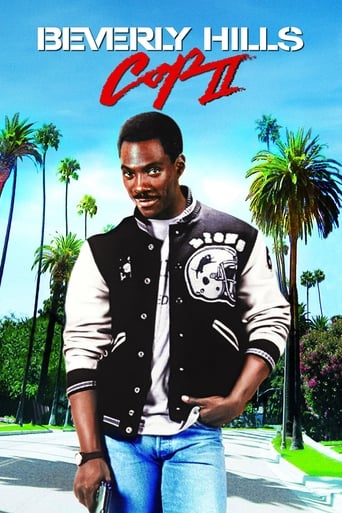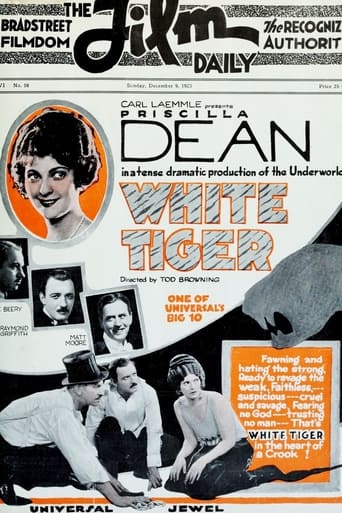
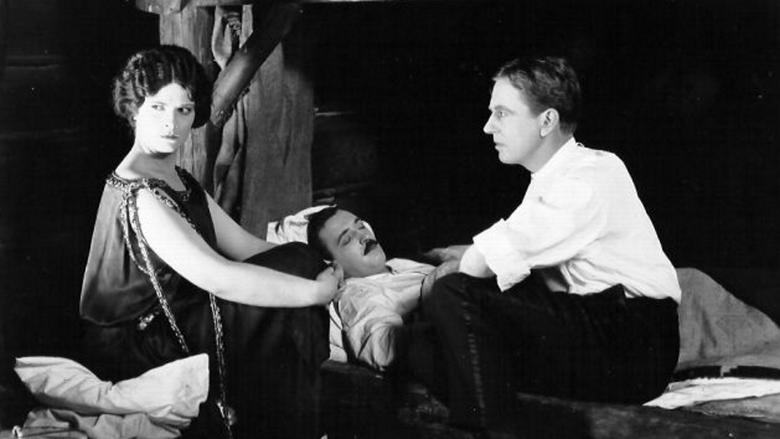
White Tiger (1923)
Three crooks pull off a magnificent crime. As they're forced to hide out together they slowly begin to distrust each other.
Watch Trailer
Cast


Similar titles
Reviews
Even though Tod Browning is closely associated with Lon Chaney, he was first assigned Priscilla Dean and began to weave a spell of success around her. She had come to Universal in 1917 because she was impatient with Biograph's failure to utilize her talent and by 1920 she was Universal's top female star. Often teamed with Lon Chaney, it was her performance in "The Virgin of Stamboul" that had the front office realizing they had a winning actress and from then on her stories were hand picked, mostly with Tod Browning as director.Earlier in the year Universal had scored a hit with "Drifting" so they reteamed the stars, Priscilla Dean, along with Wallace Beery and Matt Moore, as well as director Browning in "White Tiger" about a trio of international jewel thieves. Raymond Griffith was one of the crooks and all the stars as well as Browning boosted the film's prestige. Siblings Roy and Sylvia are innocent victims trapped in a brutal criminal family. When their father is killed little Roy is led to believe that his whole family is dead and he vows to have his revenge on vicious Bill Hawkes (Beery) but Sylvia has escaped and 15 years later.......The three come together at a London wax works. Hawkes, now working under the name Donelli, has a pick pocketing racket going with Sylvia, posing as his daughter, as the lure. Roy, known as "the Kid", is also on the shady side of the law as an unbeaten "Mechanical Chessman" but seeing Sylvia lift a watch he stops to admire as from one crook to another - never dreaming she is his sister!! With Browning a freak show or carnival is never far away and there are some pretty grisly wax exhibitions: someone remarks "why do you want to hang around these gruesome figures for"!!They pool their talents. Roy feels that "Donelli" looks vaguely familiar but is persuaded to team up as they try their con game in America. With Roy dazzling the idle rich with his mechanical chess man act, the others are given the run of the house where they can locate the safe etc. Hiding out in a mountain cabin Hawkes begins to sow seeds of distrust by questioning the loyalty of both Sylvia and Roy - all the while handling a box of Argentine Ant killer. Scary stuff!! Matt Moore has an ambiguous part, Roy says from the first "there's something suspicious about that guy! I don't trust him!" and he is a shadowy figure but if you have ever seen him in a movie you'll know the part he plays!!Wallace Beery looks pretty imposing with his bleached white hair but for me the stand out is Raymond Griffith. It is a pretty grim and at times far fetched story but Griffith's light touch lightens the mood. There is a scene (sort of reminiscent of "Paths to Paradise") when he is strolling around the mansion having already robbed the safe and hidden the jewels, trying to act nonchalant and put the pesky butler off the scent. Another scene has him donning glasses as becomes his role of Donelli's secretary and not being able to see a thing because of the thick lenses: it is not a slapstick routine, he is just very skillful, slightly stumbling over an obvious chair etc. Griffith pulls it all off with aplomb. Very easy to see he had been a professional dancer.Highly Recommended.
The name of director Tod Browning is often associated with noir. His White Tiger (1923) is available on DVD in an extremely worn but quite sharp print that seems to be missing only the end title. The evil but charismatic villain, engagingly played by Wallace Beery, joins with his supposed daughter, Priscilla Dean (not exactly over-flatteringly costumed or photographed), and hero, Raymond Griffith (playing a dramatic role here with his usual comedic skill), in robbing the rich by diverting their attention with a "mechanical" chess player. As in Browning's later Unholy Three (1925), the three crooks escape to the hills but fall out. The editing in this latter section tends to be a bit choppy, but evidently this was always the case. After completion, Universal took the editing out of Browning's hands and also saw to it that many of the inter-titles were re-written. Nonetheless, White Tiger remains a fascinating noir excursion that will delight Browning fans, despite its many unbelievable plot twists and machinations.
This silent drama marked the ninth and last collaboration between director Tod Browning, best remembered for such macabre classics as The Unknown and Freaks, and actress Priscilla Dean, who is hardly remembered at all. Miss Dean was quite the star in her day, and was even called the Queen of the Universal Lot in the early 1920s, but nowadays the only attention she receives is due largely to ongoing interest in some of her colleagues. Beginning in 1918 she and Browning collaborated on a series of crime melodramas, including Outside the Law (1920), a box office sensation that also featured Lon Chaney in a dual role and boosted his career considerably. Chaney would make some of his best known films with Browning in subsequent years, and although their work is generally assigned to the horror genre most of their movies belong to a niche category Browning essentially invented, and certainly favored throughout his career: "caper" flicks involving small-time criminals connected to the lower rungs of show business: circuses, carnivals, wax museums, etc.White Tiger is one of these sagas, and although Chaney is not present -- unfortunately! -- Priscilla Dean plays opposite two interesting co-stars: Wallace Beery, who all but cornered the market in unsympathetic character roles during the silent era, and Raymond Griffith, who at this time had not yet launched his own series of wry, witty light comedies. The story concerns a trio of crooks who manage to get themselves invited into the homes of wealthy suckers by offering an unusual gimmick: a mechanical chess player that can challenge any human player and win. The automaton is, of course, bogus, operated by Griffith concealed within. Meanwhile, Beery impersonates a count (most unconvincingly) and passes off Dean as his daughter. After a demonstration of the machine, Griffith slips out and steals valuables, which are then hidden inside the robot chess player. If the plot sounds a wee bit far-fetched, it is. Perhaps this would have worked better as a comedy, but the actors play it straight and little that happens is believable, even "Hollywood" believable.Eventually the crooks wind up in a remote cabin with their loot and struggle with a growing sense of paranoia regarding each other's intentions. (Browning would re-use this motif with his trio of crooks in The Unholy Three a couple of years later.) The true nature of the relationship between the three characters is ultimately revealed, and there is a modicum of violence before matters are resolved. The last section of the film suffers from "cabin fever" in the most literal sense of the phrase: we're supposed to be gripped by suspense as tensions rise between the three crooks, but instead things get draggy, and viewers could be forgiven for wishing they'd wrap up the story a little faster.The print of White Tiger I've seen is somewhat abridged, but even granting the filmmakers leeway where missing footage is concerned the movie is not entirely coherent and, in the end, not very satisfying. (To put it another way, even if a pristine camera negative of the original release print were to be miraculously discovered, I doubt it would improve matters much, though I'd be happy to be proved wrong about that.) The biggest problem is a scenario damaged by too many credibility stretches and unmotivated actions. As mentioned earlier, this was the ninth crime drama Browning made with Priscilla Dean, and it would be fair to suggest that the formula was wearing thin by this point. Additionally, according to the biography of Browning by David J. Skaal and Elias Savada, at the time this film was made the writer/director was overwhelmed by personal difficulties and drinking heavily, which may explain the movie's shortcomings: the enterprise bears an unmistakable air of fatigue. Apparently the version Browning turned in to his bosses was a mess, and Universal shelved the film for over a year after its completion. Finally, anonymous studios hands were assigned to salvage the project with a fresh edit and newly written title cards. At this late date it's impossible to tell whether the film's deficiencies were present from the beginning or are the result of nitrate decomposition in surviving prints over the years, but in any case the film received poor reviews, and was not a success upon its release in 1923. Subsequently, the major players went their separate ways. Raymond Griffith became a star of sophisticated comedies of the late silent era; Wallace Beery became a character star of the '30s and '40s; and Tod Browning managed to pull himself together and produce the macabre classics for which he is remembered.As for Priscilla Dean, her career went into a decline not long after White Tiger was released. By 1927 she was appearing in two-reel comedies under Hal Roach's "All-Star" banner, alongside such fellow fading names as Mabel Normand and Theda Bara. One of Dean's comedies, Slipping Wives, featured Stan Laurel and Oliver Hardy in one of their early appearances together, which serves to underscore the irony that the one-time Queen of the Universal Lot is today remembered primarily for the company she kept.
This film's title (a contrived reference to the criminal instinct) is so arbitrary, I suspect that someone in Universal's front office ordered Tod Browning to make a movie called 'White Tiger' but didn't care about its actual content.SPOILERS COMING. We get several of the usual Tod Browning elements here: a grotesque scam, urban criminals who hide out in the woods, stolen jewels concealed in an unprepossessing object, and the convenient regeneration of a lifelong criminal.The story opens in a London slum, resembling the one in 'The Blackbird', but with a prologue structurally similar to the one in 'West of Zanzibar'. Roy and Sylvia Donovan are the young children of a criminal who has just been shopped to Scotland Yard by his henchman Hawkes (Wallace Beery). As the peelers burst in, Hawkes flees with little Sylvia, leaving boy Roy to his own devices as the children's father is killed.Fade in fifteen years later at 'a famous wax musee (sic) in London' (I wonder which one). The grown-up Roy (played by Raymond Griffith) is now working inside a mechanical chess-playing device, clearly inspired by the (equally fraudulent) automaton which Johann Nepomuk Maelzel exhibited in Europe and America in the 1830s, and which was rumbled in an 1836 essay by Edgar Allan Poe (whom Raymond Griffith resembled facially). Working a scam in the same layout is Sylvia (Priscilla Dean), whom Hawkes has raised as a pickpocket. (In the film's main story following the prologue, Beery is made 15 years older with an impressive makeup job, but his character has not gained any weight.) Annoyingly and contrivedly, the Donovan siblings have each believed the other to be killed in the police raid. Now they meet -- the audience are aware of their relationship -- yet fail to recognise each other, although Roy feels a 'brotherly' affection for this woman.The whole gang -- Griffith, Dean, Beery, the mechanical chess-player, Uncle Tom Cobley and all -- hightail it to a very unconvincing New York City. Roy seems to recognise Hawkes as the man who shopped his father, but bides his time. After they pull their big heist, they scarper for a convenient cabin in the woods like the crooks in 'The Unholy Three'. The three lead characters in this movie -- all played by American actors -- are lower-class Londoners who pass themselves off in New York as Italian nobility. It's fortunate that this is a silent movie, so that we're spared what surely would have been ludicrous attempts at double-decker accents. (And anyway, Raymond Griffith had a throat ailment which would end his acting career in talking pictures.) It's deeply annoying that the characters played by Dean and Griffith spend so much time together, in such close quarters, before realising they're brother and sister.SPOILERS NOW. As this is a Tod Browning film, it's no surprise that a man and woman who are lifelong criminals -- Griffith and Dean, this time round -- experience a total and sincere reformation, and (very contrivedly, but also as usual for Browning) they receive a full pardon from the forces of the law. As in 'The Blackbird', this film strongly implies that a well-bred patrician (in this case, Matt Moore's top-hatted stranger) is innately superior to people of plebeian birth.I watched this Tod Browning film with a strong sense of deja vu, as so many of its elements strongly echo so many other Browning films. One point in this film's favour is that it has a bit more comedy relief than usual for Browning, including a couple of wisecracking inter-titles. I'll rate 'White Tiger' 7 out of 10, but I wouldn't recommend it as anyone's first introduction to Tod Browning's bizarre world.


